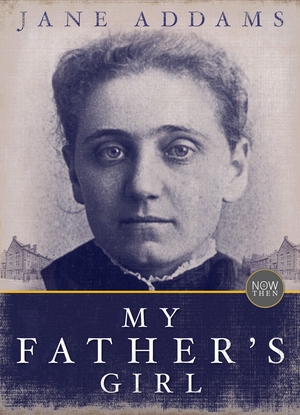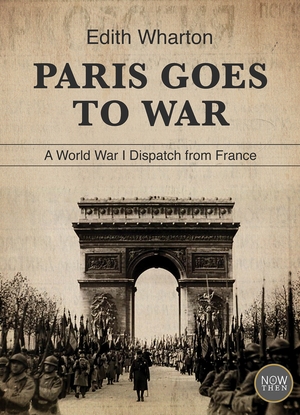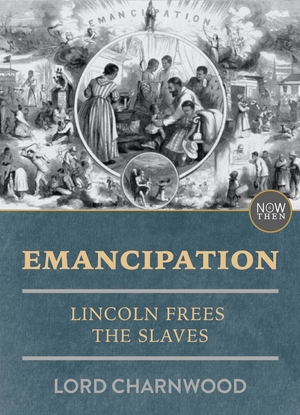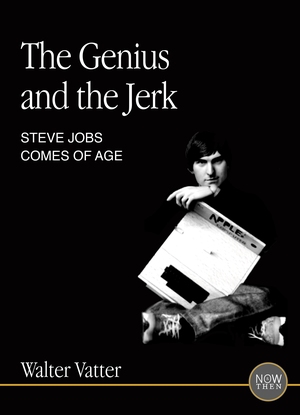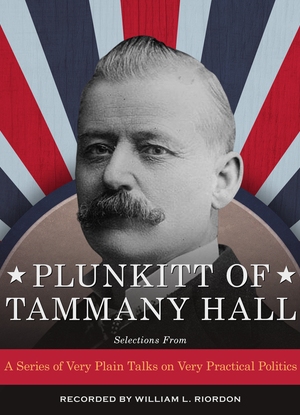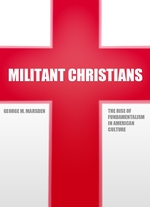'Jewtown' in the New Land - Preview
Immigrant Jewish Life in New York City in the Late Nineteenth Century
by Jacob A. Riis
‘JEWTOWN’ IN THE NEW LAND
The tenements grow taller, and the gaps in their ranks close up rapidly as we cross the Bowery and, leaving Chinatown and the Italians behind, invade the Hebrew quarter. Baxter Street, with its interminable rows of old-clothes shops and its brigades of pullers-in—nicknamed “the Bay” in honor, perhaps, of the tars who lay to there after a cruise to stock up their togs, or maybe after the “schooners” of beer plentifully bespoke in that latitude—Bayard Street, with its synagogues and its crowds, gave us a foretaste of it. No need of asking here where we are. The jargon of the street, the signs of the sidewalk, the manner and dress of the people, their unmistakable physiognomy, betray their race at every step. Men with queer skull-caps, venerable beard, and the outlandish long-skirted kaftan of the Russian Jew, elbow the ugliest and the handsomest women in the land. The contrast is startling. The old women are hags; the young, houris. Wives and mothers at sixteen, at thirty they are old. So thoroughly has the chosen people crowded out the Gentiles in the Tenth Ward that, when the great Jewish holidays come around every year, the public schools in the district have practically to close up. Of their thousands of pupils scarce a handful come to school. Nor is there any suspicion that the rest are playing hookey. They stay honestly home to celebrate. There is no mistaking it: we are in Jewtown.
It is said that nowhere in the world are so many people crowded together on a square mile as here. The average five-story tenement adds a story or two to its stature in Ludlow Street and an extra building on the rear lot, and yet the sign “To Let” is the rarest of all there. Here is one seven stories high. The sanitary policeman whose beat this is will tell you that it contains thirty-six families, but the term has a widely different meaning here and on the avenues. In this house, where a case of small-pox was reported, there were fifty-eight babies and thirty-eight children that were over five years of age. In Essex Street two small rooms in a six-story tenement were made to hold a “family” of father and mother, twelve children and six boarders. The boarder plays as important a part in the domestic economy of Jewtown as the lodger in the Mulberry Street Bend [the core of New York’s slums]. These are samples of the packing of the population that has run up the record here to the rate of three hundred and thirty thousand per square mile. The densest crowding of Old London, I pointed out before, never got beyond a hundred and seventy-five thousand. Even the alley is crowded out. Through dark hallways and filthy cellars, crowded, as is every foot of the street, with dirty children, the settlements in the rear are reached. Thieves know how to find them when pursued by the police, and the tramps that sneak in on chilly nights to fight for the warm spot in the yard over some baker’s oven. They are out of place in this hive of busy industry, and they know it. It has nothing in common with them or with their philosophy of life, that the world owes the idler a living. Life here means the hardest kind of work almost from the cradle. The world as a debtor has no credit in Jewtown. Its promise to pay wouldn’t buy one of the old hats that are hawked about Hester Street, unless backed by security representing labor done at lowest market rates. But this army of workers must have bread. It is cheap and filling, and bakeries abound. Wherever they are in the tenements the tramp will skulk in, if he can. There is such a tramps’ roost in the rear of a tenement near the lower end of Ludlow Street that is never without its tenants in winter. By a judicious practice of flopping over on the stone pavement at intervals and thus warming one side at a time, and with an empty box to put the feet in, it is possible to keep reasonably comfortable there even on a rainy night. In summer the yard is the only one in the neighborhood that does not do duty as a public dormitory.

